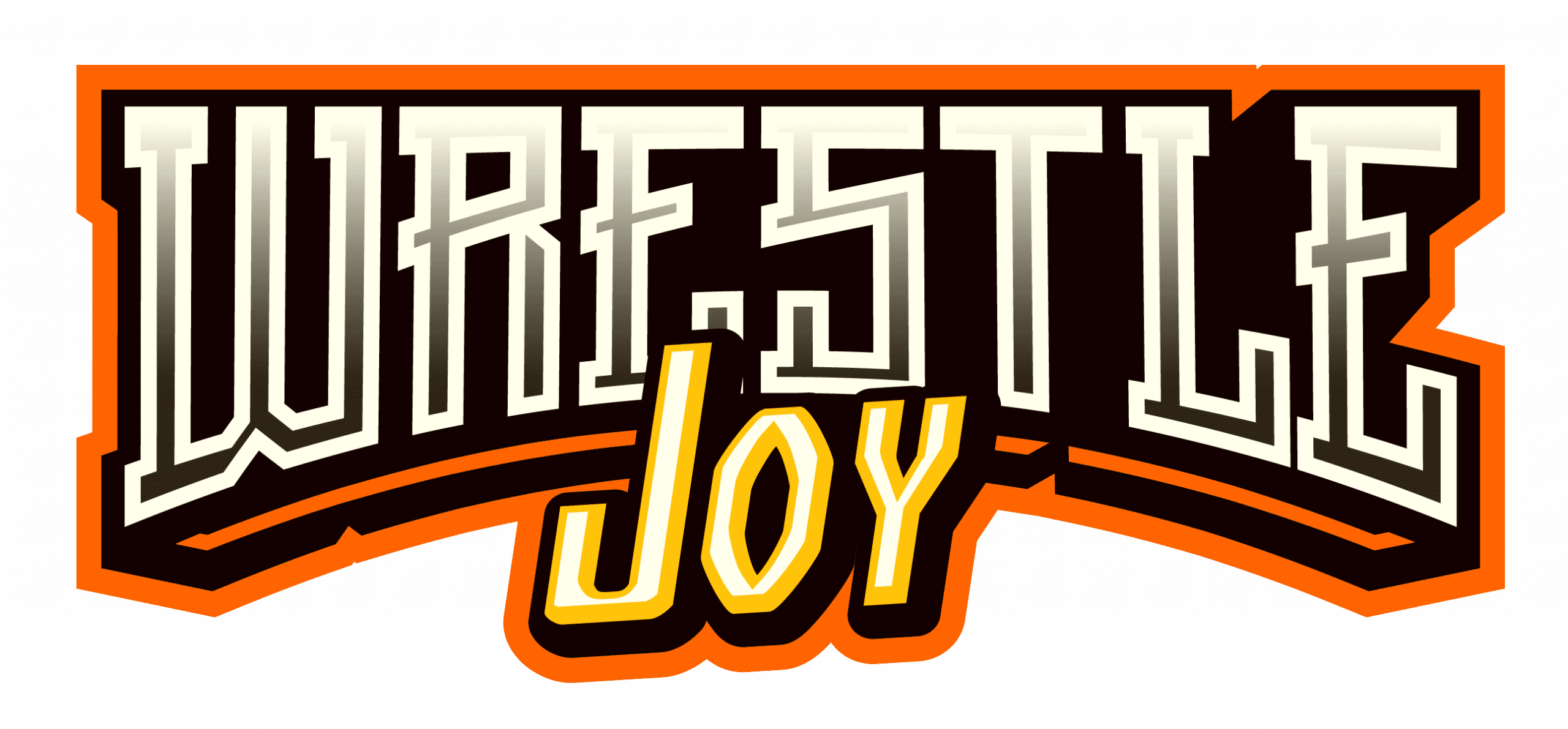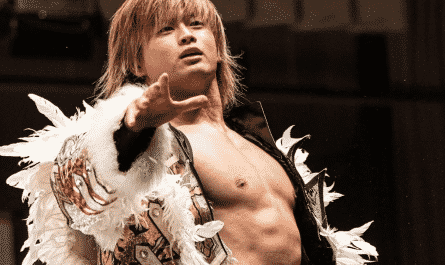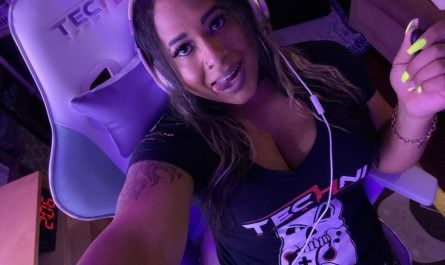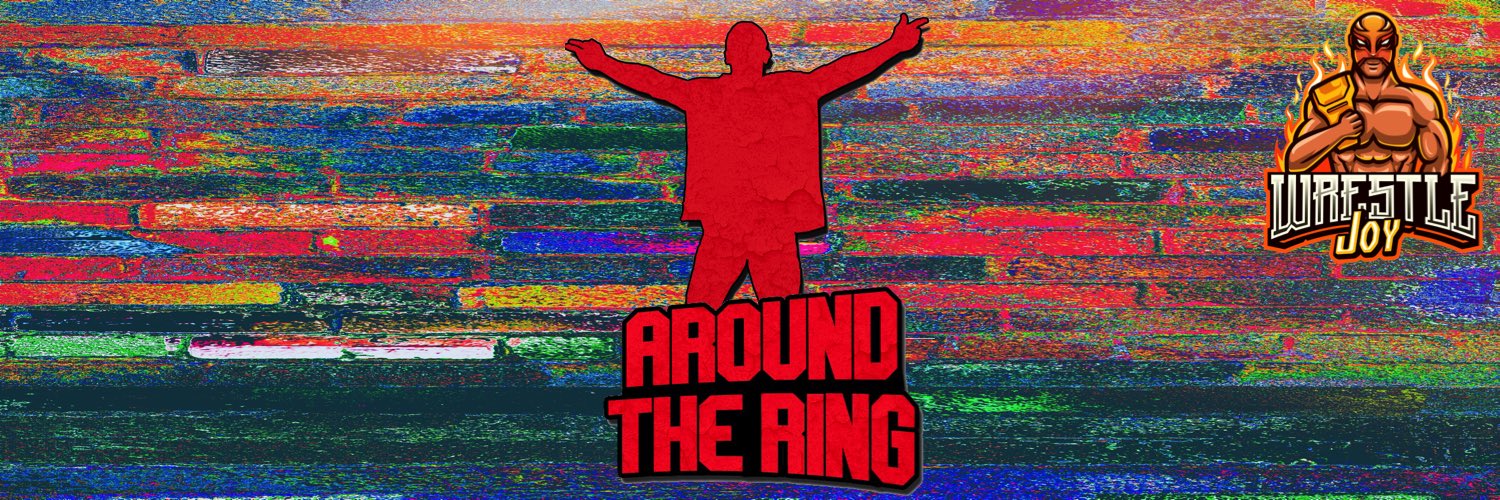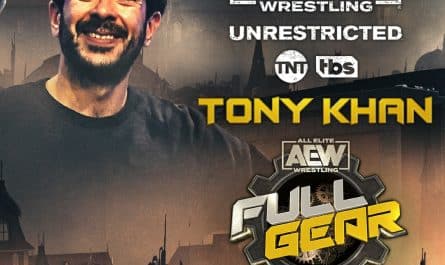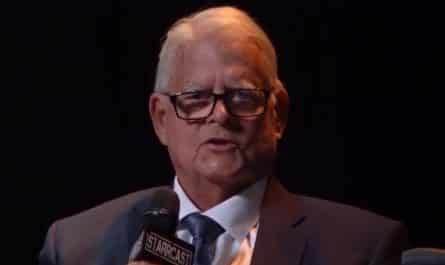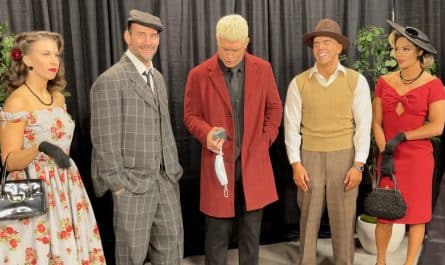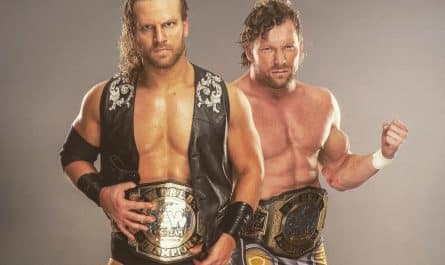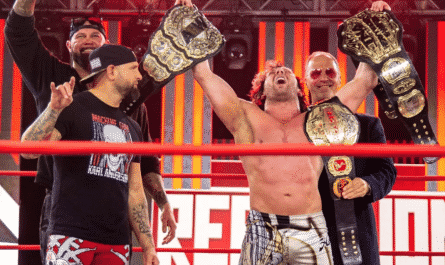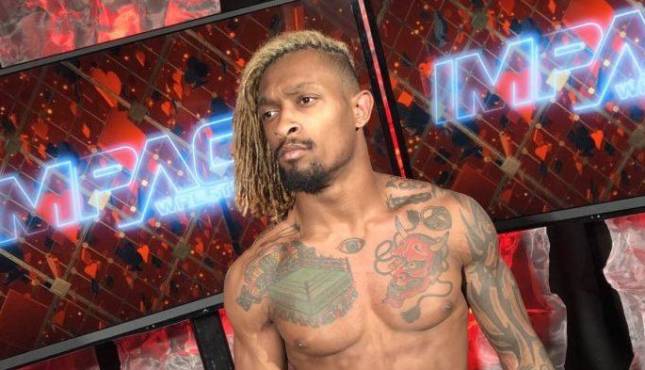This is part 2 of a 2 part series. You can find part 1 here.
While Ole Anderson and Jim Herd viewed Sting’s first run as WCW Champion a flop, the Stinger stayed in a marquee position with the company. At the WrestleWar 91 show, Sting teamed with Brian Pillman and the Steiner Brothers against the Horseman in a WarGames match. While the match was critically acclaimed, the show only sold 4,300 tickets of the 6,800 in attendance, generating only $53,000 at the gate. The pay per view had 160,000 buys. Flair is WCW champion here, not Sting, but no one will ever tell you Flair couldn’t draw.
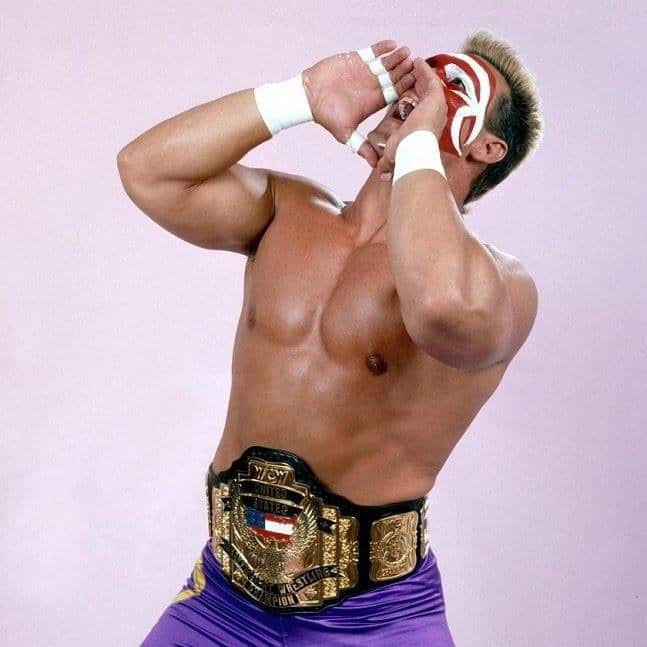
By 1991, the Horseman had been played out, and the results show that fans wanted something different. The night’s real winner was Sid Vicious, who nearly killed Brian Pillman, bouncing his head off the cage roof. Sid comes off like a complete monster, which works out great for the WWF, as Sid was headed there later in the year to main event Wrestlemania with Hulk Hogan. Remember, Sting is the problem, not the people running the company.
In the summer of 91, Flair leaves WCW for the WWF, setting up the Great American Bash, which was supposed to feature another Luger/Flair match. Without Flair, the main event became a cage match between Luger and Barry Windham for the vacant WCW title. In 1988, this might have been a big match. By 1991, it feels like the moment has already passed. Windham is really only there to put over Luger, who introduces Harley Race as his new manager, turning heel immediately after winning. Earlier on the card, Sting competed in the least violent chain match in history against Nikita Koloff.
Luger headlines Halloween Havoc 1991 in a cold two out of three falls match with Ron Simmons, while Sting competes in the opening Chamber of Horrors match. The less said about that disaster, the better. However, the weeks leading up to the event involved Sting being presented with mysterious gift boxes. Every time one of these boxes, which were essentially just fancy refrigerator boxes, shows up, someone jumps out and beats up Sting. Cactus Jack, Abdullah the Butcher, and Luger himself emerge and attack Sting. You’d think after the second box Sting would have learned, but no. Again, WCW’s number one good guy is presented as an idiot. The buy rate for Havoc is 120,000. Luger on top is a worse draw than Sting.
One interesting note, Havoc 91 features the debut of Rick Rude, who is immediately programmed into a US Title feud with Sting. Rude and Sting becomes the top story because the champion, Luger, sits out the rest of his contract. Much like Vicious earlier in the year, WCW spent significant television time building up a competitor on his way to the WWF. At least, WCW enforces a no-compete clause in Luger’s deal which prevents him from wrestling in the WWF until January of 1993.
Luger puts over Sting at Superbrawl II and leaves WCW for the purgatory known as the World Bodybuilding Federation. Sting is champion again. Bill Watts comes into WCW and derails the top program between Paul E. Dangerously’s Dangerous Alliance (Rude, Steve Austin, Arn Anderson, Bobby Eaton, and Larry Zbyszko) and Sting’s allies (Koloff, Windham, Ricky Steamboat, and Dustin Rhodes). The two teams have a phenomenal main event, WarGames at Wrestle War 92. Though Sting is the top guy in WCW, Watts decides to take the belt off of him and immediately tries to recreate the Junkyard Dog’s success with Ron Simmons.
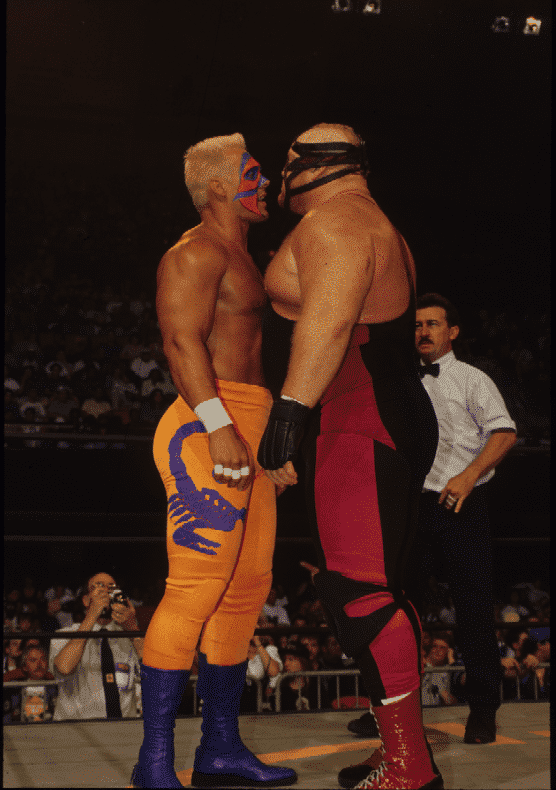
Credit: Sting: Into The Light
One benefit of Watts’ tenure is Sting finally meets his greatest rival, Big Van Vader. Vader dethrones Sting at the Bash and a month later loses the title to Simmons. As great as Simmons was, the WCW crowd never really accepts his rocket into the main event. Instead, Watts programs Sting with Jake Roberts, a man signed before Watts took over the company. The two have a bad match at Halloween Havoc that draws 165,000 pay buys (the best in the Watts era), and Roberts is gone. Watts would follow the following January.
Sting feuds with Vader in early 93, but fails to win back the belt and spends the rest of the year teaming Davey Boy Smith and Road Warrior Hawk. Sting is a marquee attraction for the company. Still, the people running the company have no idea how to make money with him. To be frank, they have no idea how to make money with anyone, even Flair, who returned that year. Though under Eric Bischoff, the company starts to transition. WCW stops running house shows in a cost-cutting measure. However, nothing the company does on pay-per-view draws.
When Zane Bresloff took over promoting WCW shows, he famously claimed: “the little Stingers don’t exist.” But what did the company do to bring them to shows? Under four different leadership teams in the three tumultuous years, the company failed to create consistent stories. Nor did they do anything that resonated with the fanbase, much less do much of anything to win new fans. Promoters are quick to blame talent but often ignore their role in promoting and giving fans a reason to care. This is the darkest period in the company and for pro wrestling in the US.
When Hulk Hogan and Randy Savage arrive in 1994, Sting is shuttered into a number three babyface spot. The initial Hogan Bash at the Beach card draws very well, but TV ratings are virtually unchanged. While the Hogan/Flair rivalry draws well on pay per view, that program is eventually driven into the ground. The Hogan/Vader feud draws well comparatively, but WCW returns to pre-Hogan PPV buy rates after that. With the advent of Nitro, under Bischoff’s control and Kevin Sullivan’s booking, the company focus shifts away from WWF-knock-off stories and begins presenting an older-skewing product.
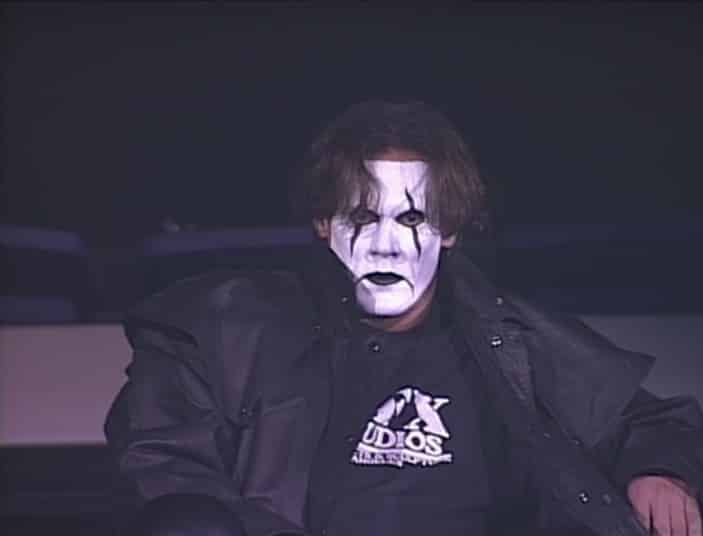
With the arrival of the nWo in 1996, Sting is thrust back into prominence with a new look. Television ratings soon follow. In modern wrestling, Sting would have challenged Hollywood Hogan a month after his change. Instead, Bischoff shows remarkable patience, letting the story build and grow until Starrcade of 1997. Hollywood Hogan and the nWo ran roughshod across the company for almost a year and a half, but simmering in the background is the eventual confrontation with Sting.
The main critics claimed a poor draw sold out the MCI Center in Washington DC, while 700,000 people watched the pay-per-view. WCW never came close to that number on pay per view again. While TV ratings continued to climb into 1998, the work was done on the back of Sting’s pursuit of Hogan and the nWo. When the creative forces behind WCW found a storyline that resonated not just with its base but generated new fans, the resurrection of Sting was the focal point.
What happened in the match itself and in the aftermath is classic WCW. As always, Sting is cut off at the knees. The botched finish from Nick Patrick and the bizarre appearance from Bret Hart did nothing to help Sting. Again the new champion looked like an idiot. Sting would move down and back up the card for the rest of WCW’s existence. Throughout the different regime changes, Sting was the one constant. The one character who was always there for that audience. In an era of selfish performers, if Sting had one backstage issue, he played ball too often and didn’t speak up enough when he saw bad creative.
Another argument states that Sting was just another person Ric Flair made into a star. While it can’t be argued that Sting’s association with Flair brought him to great heights, who else did Ric Flair make into a star on that level? Kerry Von Erich was already a top draw in Texas before he beat Flair for the NWA title. Even when he had Vince McMahon’s machine behind him, Lex Luger never had the appeal of Sting. Ricky Steamboat in the 70s? Maybe. Steamboat only had one run as a main event talent, and it was with Flair in 1989 in matches that also did not draw. Who else did Ric Flair turn into a legitimate main event star?
When the 61-year-old Sting made his surprise debut on AEW Dynamite, wrestling fandom erupted. Much like they had done six years earlier when he showed up in the WWE. Despite the WCW brass’s collective efforts and later the WWE to book him into oblivion, Sting remains a character who matters. Hours after his Dynamite appearance, Sting became Pro Wrestling Tees fastest best seller. That doesn’t happen with an overrated character who wrestling fans tired of years earlier. Sting is and always has been a star.
Time after time, WCW handicapped the one character that their company turned into a hero. WCW’s inability to book any babyface, including Sting, was an issue long before he even came to Jim Crockett. What made Sting special is his ability to endure despite his lousy booking. Sting is a character that audiences should have moved on from after the Black Scorpion fiasco.
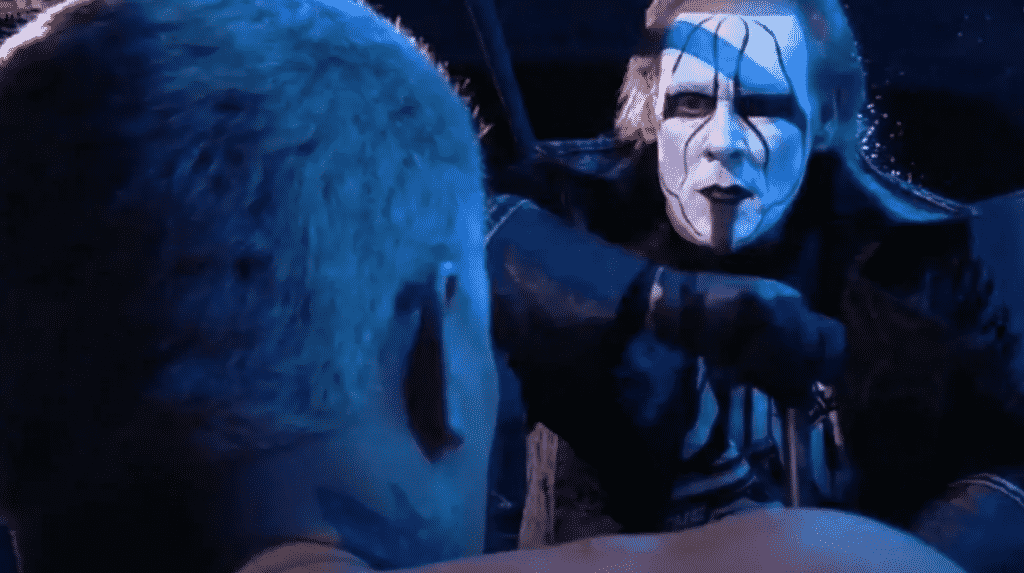
Instead, his persona continued to endure because the audience cared about him. Look no further than last week’s edition of AEW Dynamite. Sting’s spinal stenosis is well documented, but he’s insisted that he can still compete for years. When Brian Cage viciously power bombed the 62-year-old veteran, fans at home and social media were aghast. Why? Because Sting has the one talent in pro wrestling that truly matters. He makes people care.
